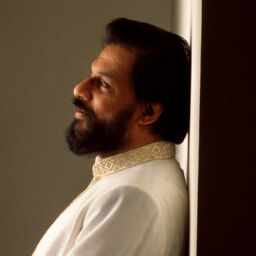If you are slightly interested in Indian fashion, then you must know what Ritu Kumar is to Indian fashion.
In this new blog series “Success Stories”, we’ll bring inspirational stories of Indian Personalities, the ones you know very little about.
If you are even slightly interested in fashion design & getting fashion inspirations from traditional artistry, you must have heard of Ritu Kumar. She is an original source of ideas on traditional fabric design patterns and ethnic fusion work for fashion newbs.
Ritu Kumar is India’s most prominent and successful fashion designer and has served the fashion industry for 50 years. Born and raised in Amritsar, Punjab in an educated and well-versed family, Ritu Kumar took traditional art forms and museology as her source of inspiration. Her fashion career took the fast express somewhere around 1970 and only kept getting super-fast since then.
In this blog, we’ll discuss her work, how it’s different and represents Indian culture in shades of orange, green, and pink.
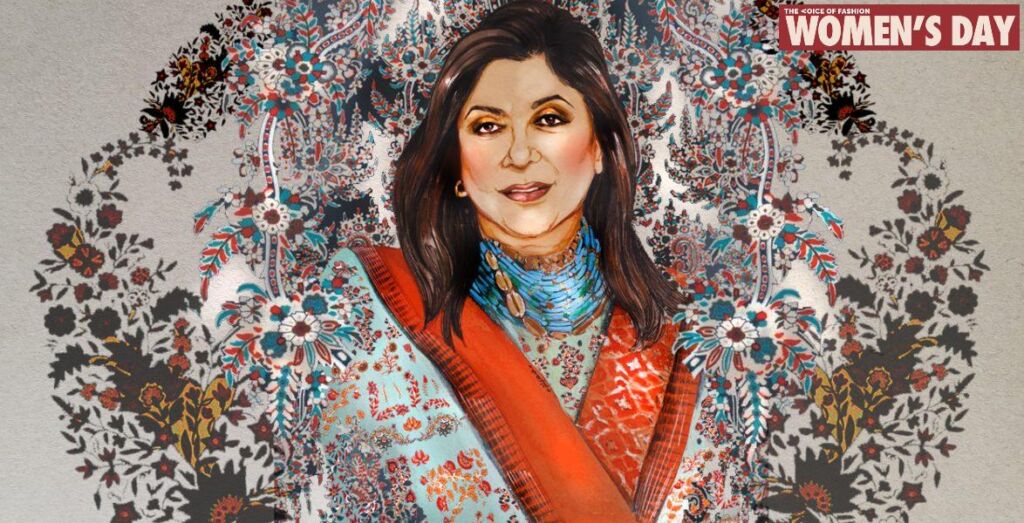
India of 1960 and before was a mess of different cultural values, ideas and hence appearances. Up until 1947, India was comprised of more than 500 small and large princely states. So, the haute couture of that era was only limited to high-class royal families and the British. After independence, the situation started to change and since there were no princely states and royal families, people started to get comfortable around their class boundaries.
Our nation already had a colorful and highly diverse sense of fashion scattered throughout that cultural mess. But for us, the common idea of Indian fashion, we follow and observe throughout the world, was originated from western culture.
During the 1920-30s, the newly born idea of fashion in India was quickly catching on to the contemporary western fashion theme in its own way. The most visible and experienced change was among the women of royalty and the working class. They started to abandon their traditional ‘strapping’ dresses and accepted the comfort & trend into their fashion priorities.
The next age of this comfort led fashion paradigm started with the advent of Bollywood. Bollywood quickly adopted the western norms and priorities in their fashion school. This was the time, ripe and mature enough for fashion designers and icons like Ritu Kumar. She installed the western framework of Indian fashion on the operating system of Indian traditional art and weaving techniques.
This is what makes her so ‘familiar’ and ‘made for India’ fashion designer.
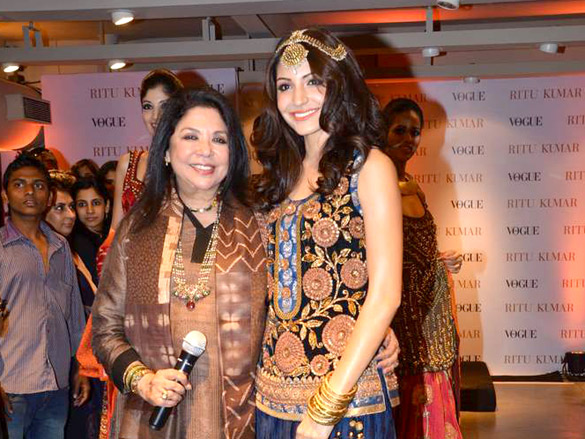
The approach she adopted at the time was much needed not only in the fashion environment but in social development as well. Success stories of artists always end up with a kind of social reform.
It was the year 2002 when she established the first pillar of her success by launching her own label ‘LABEL- Ritu Kumar’. With this, she showed the world how wonderful and sophisticated Indian craftmanship is, in traditional weaving like intricate embroideries.
To be frank, you cannot judge an artist by only looking at the celebrities and renowned personalities who come to use his/her art in some way. That would be a deep injustice to all the creative efforts that the artist has put in his work.
Now let’s try to understand the uniqueness and quality of her work,
Ritu Kumar has deep knowledge and understanding of the fashion school of royal India. In 1999, she wrote and published “Costumes and Textiles of Royal India”. In that, she has explained the historical development of the textile industry with different weaving and decorative techniques in India.
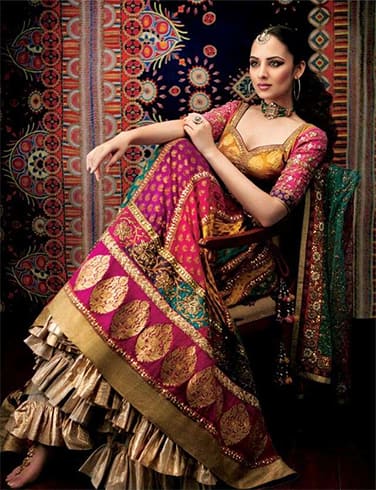
With the intense research and observational learnings on the traditional fashion scenario of India, Ritu developed a distinct mindset. She started with creating western-themed dresses using Indian fabric and adjacent techniques. Though, her intentions were never of the revival of traditional weaving and embroidery techniques in their original forms.
She is trying to bring transformational rejuvenation in those same areas in the light of new and advanced techniques and mixed approaches.
If you look closely at the artwork and patterns of embroidery on her designs regardless of the fashion theme, you’ll find detailed use of India’s forgotten folk arts like Gond, Kalamkari, Patachitra, Madhubani and Warli art forms.
You can witness her creativity with these folk arts quite lively on her line of Lehengas here.
Ritu Kumar started with the zardozi embroiders in Bengal, received inspiration from women in rural areas involved in agrarian work. She closely followed and learned how rural families of Bengal involved in weaving, dyeing and embroidery work, go about with their lives. She observed how men dominated the master craftwork and women followed their lead with allied works.
I often get entranced by her ‘on the line’ creative fusion work with Sarees. I feel so excited to even share the link of her new arrivals in the segment, click here.
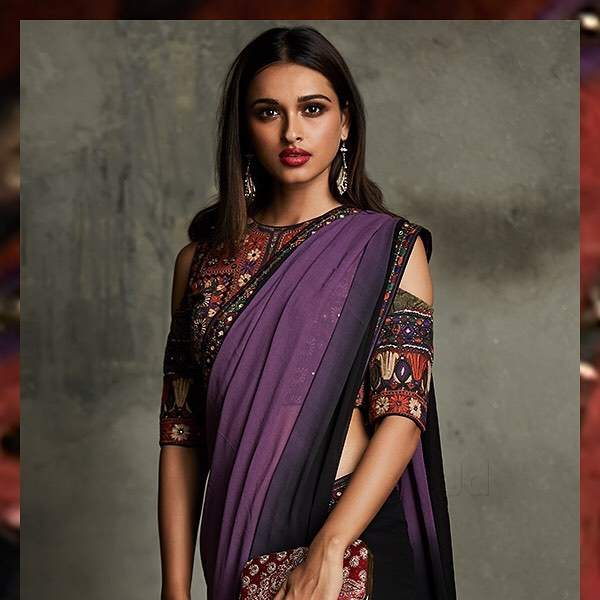 In 2013, Ritu was awarded India’s 4th highest civilian award Padma Shri. This is just one of her many accolades, and many more to come as she keeps bringing new colors & identities to the Indian fashion paradigm. Her success stories remain a topic of study and inspiration for many prestigious institutions worldwide like Harvard.
In 2013, Ritu was awarded India’s 4th highest civilian award Padma Shri. This is just one of her many accolades, and many more to come as she keeps bringing new colors & identities to the Indian fashion paradigm. Her success stories remain a topic of study and inspiration for many prestigious institutions worldwide like Harvard.
If you somehow feel interested in Indian haute couture, I’m sure you will defiantly be compelled to visit one of her labels. When you do that, visit us again to learn how you can choose the best-suited dress for your happy occasion. We’ve got 5 tips to get you up and ready to find a dress which is just made for you, click here to know-how.
References:
- Gage, K. and Pasricha, A., 2020. Fashion in India.
- Kumar, R., 2006. Costumes and textiles of royal India. Antique Collectors Club Limited.
- Gaba, A.K., 2020. Unit-7 Indian fashion designers. Indira Gandhi National Open University, New Delhi.
- Bhandari, K., 2020. Article published in Business World. Available at http://www.businessworld.in/article/Ritu-Kumar-A-Fashion-Mentor/03-04-2020-188148/, last accessed Nov 6, 2020.
- Profile, at the official website of Ritu Kumar. Available at https://www.ritukumar.com/intl/profile.




